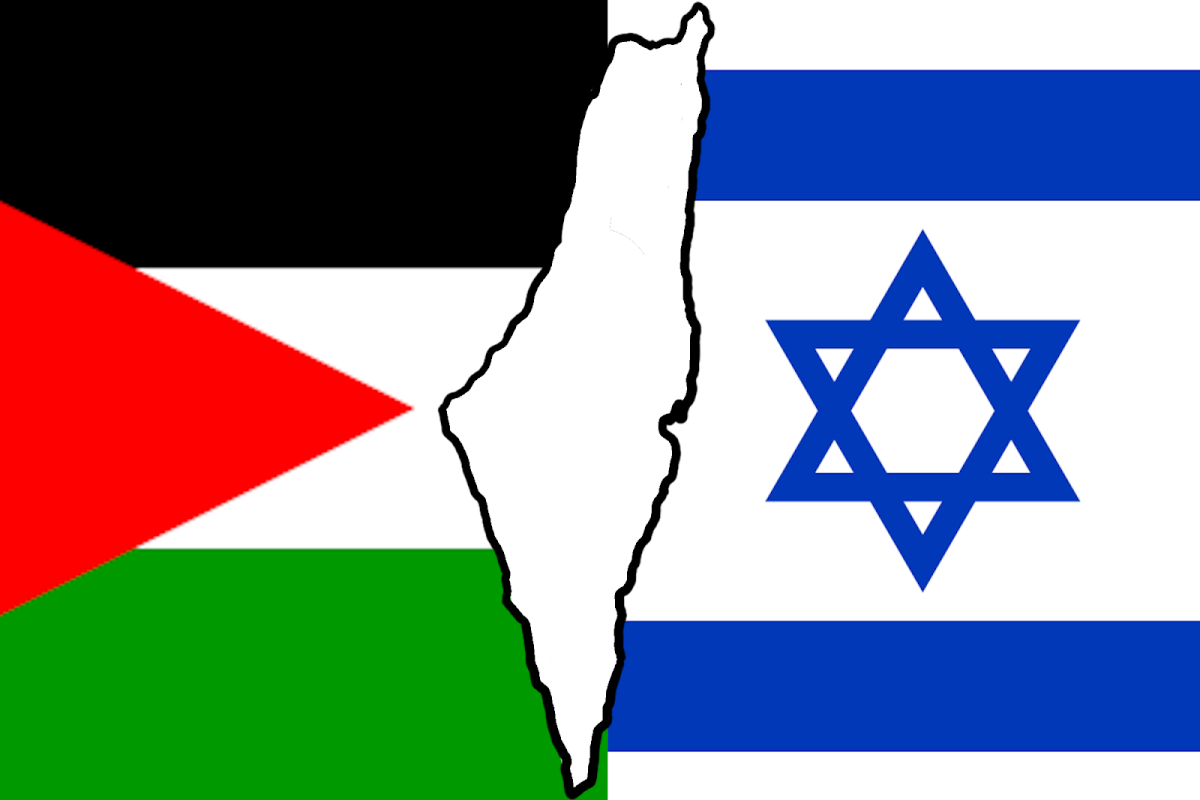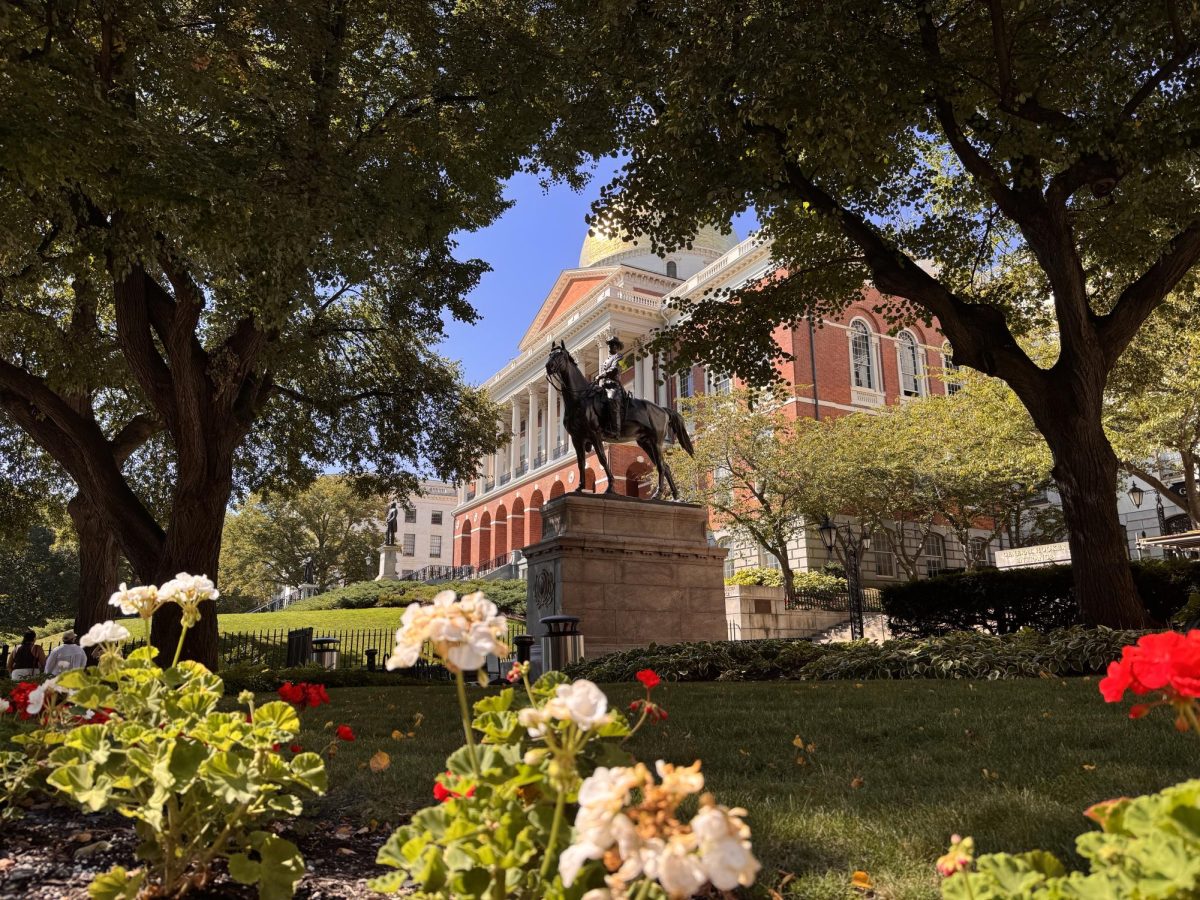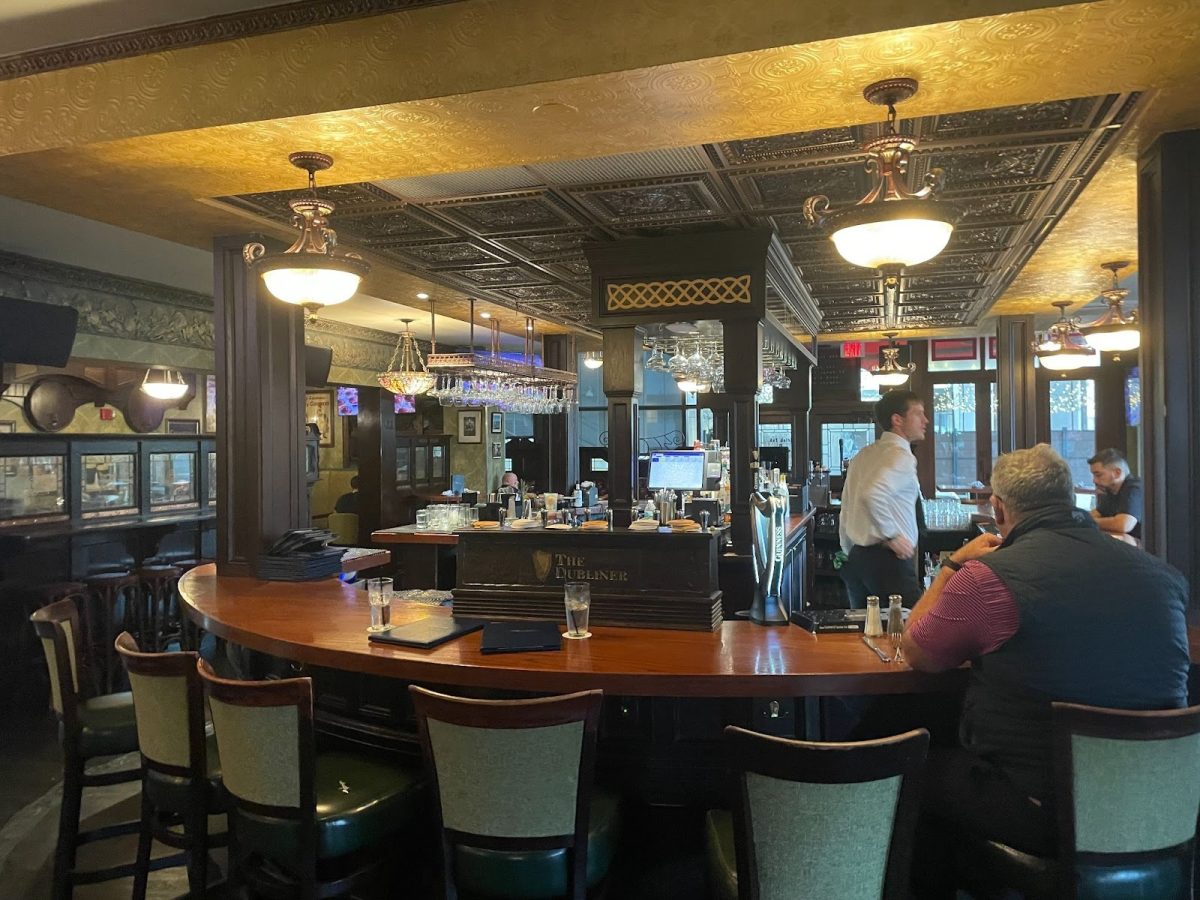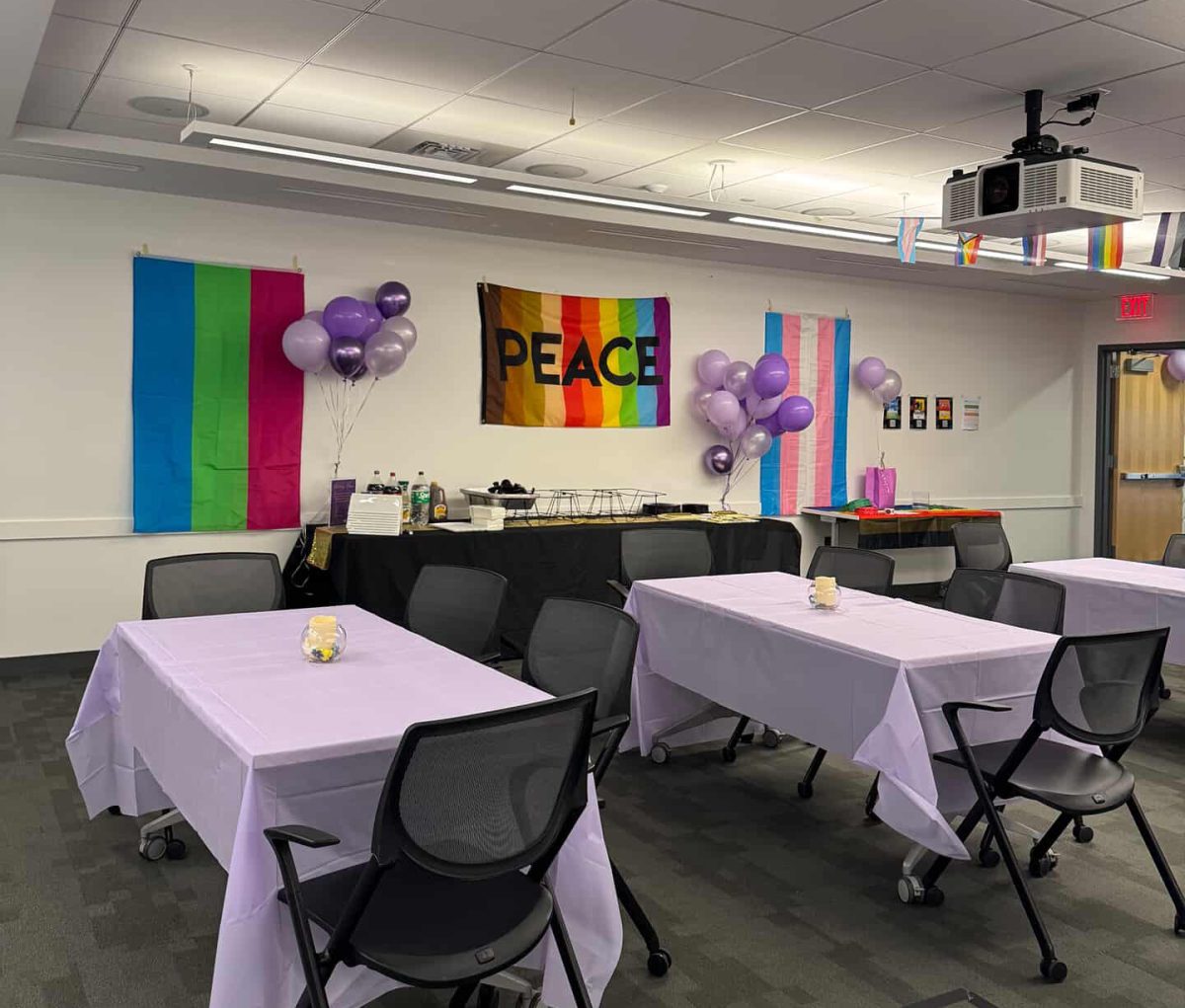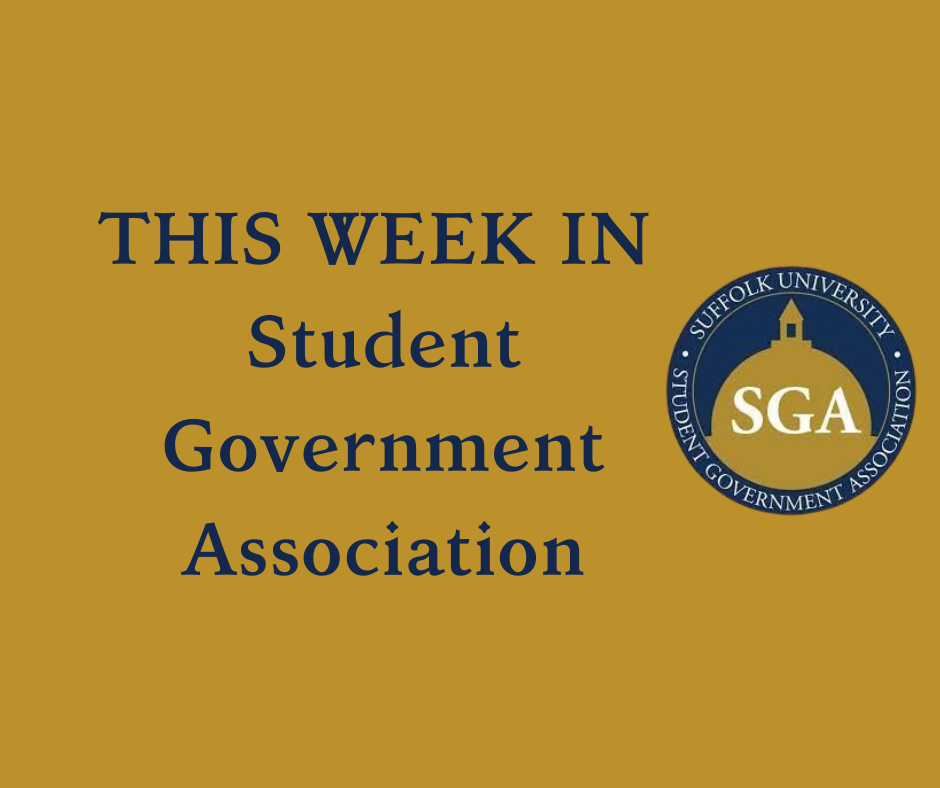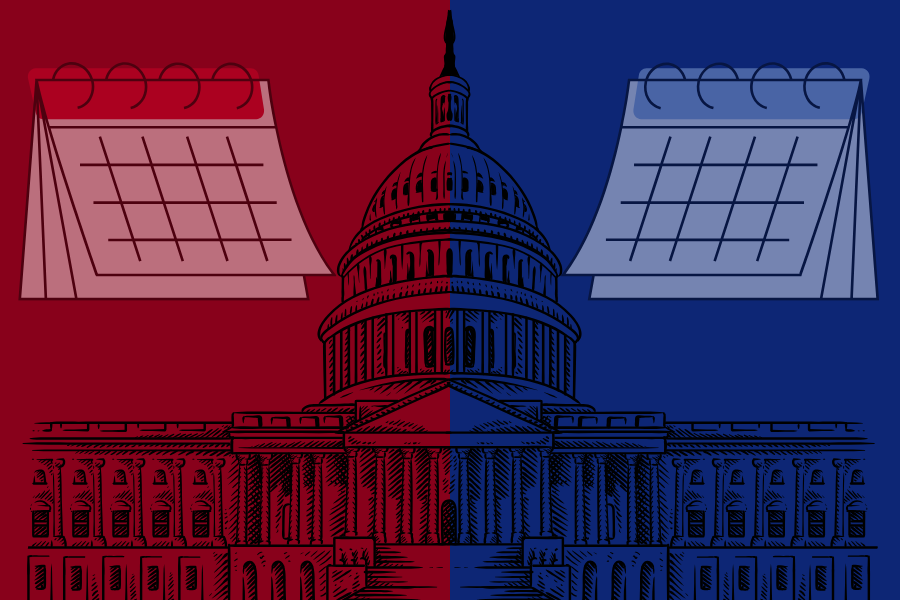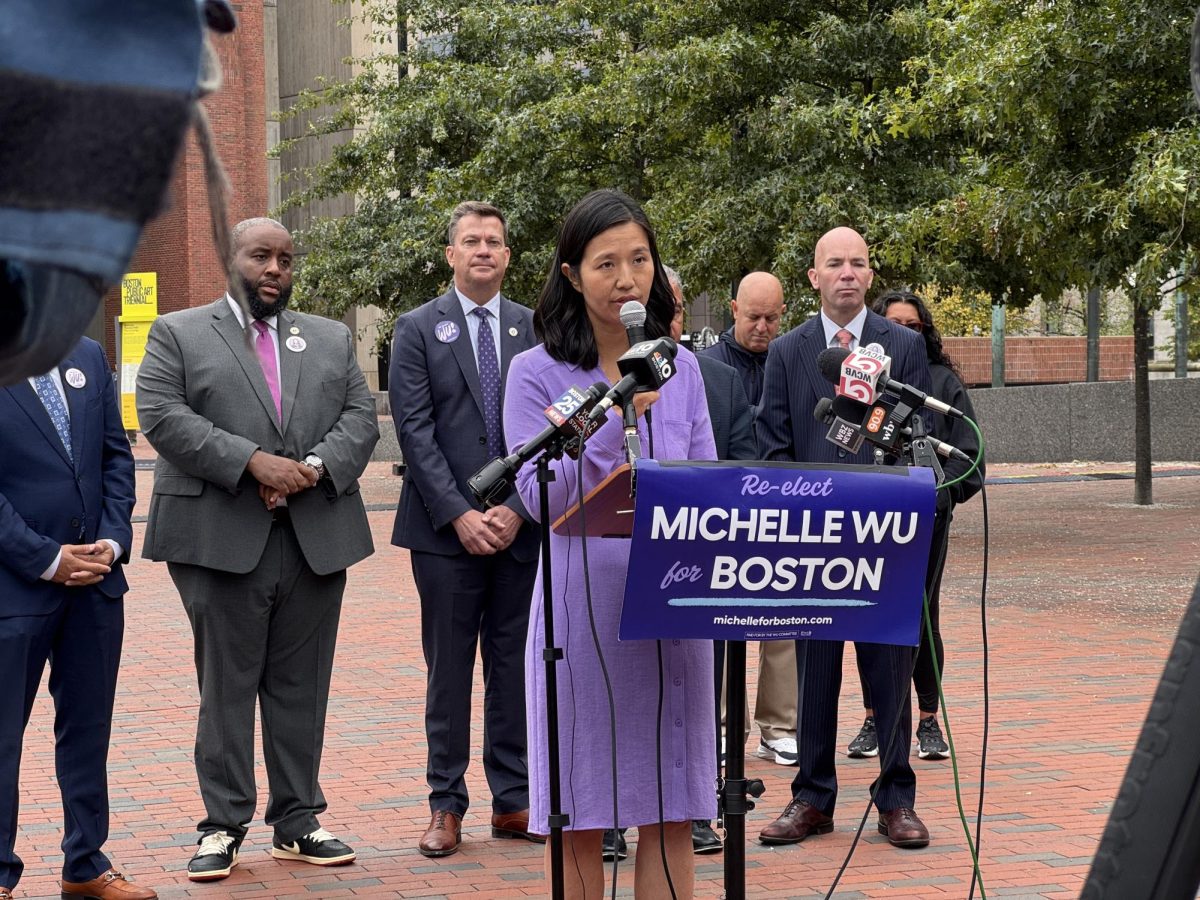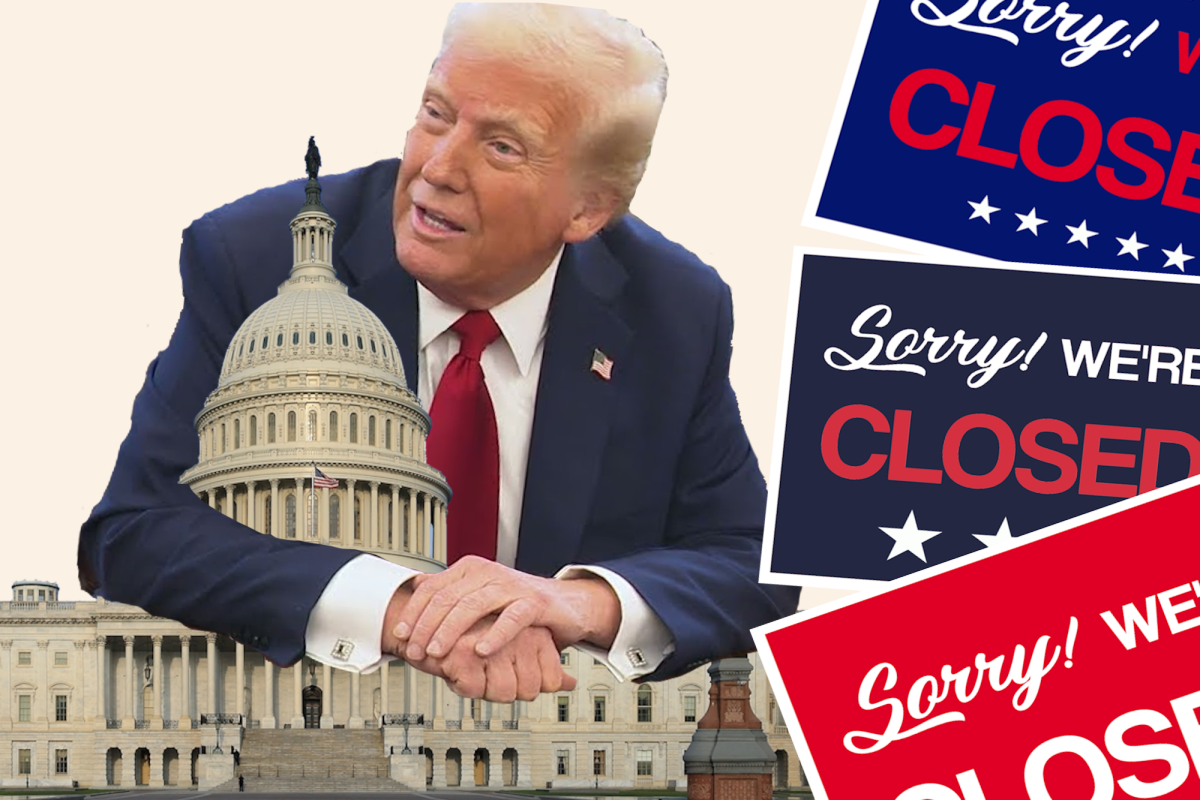The White House published a 20-point plan intended to bring the Israeli-Palestinian war to an end Sept. 29. But what is this deal and where may it lead?
This is still a developing situation, and new information continues to emerge. As of Oct. 19, a ceasefire violation had occurred, with both the Israeli government and Hamas blaming each other. The information in this article reflects news available before Oct. 20.
While the deal’s framework may sound comprehensive on paper, many foreign affairs experts have called the plan “not a complete peace settlement” and “a rushed agreement that will be worked on as they go along.”
Suffolk University’s associate professor of political science and legal studies, Michal Ben-Josef Hirsch, commented on the plan.
“It’s not a peace plan,” said Ben-Josef Hirsch. “It’s not a well-elaborated ceasefire; it’s just positive principles for future action. The plan is not developed; it is so vague and underdeveloped at the same time, given the volatile situation on the ground, it raises concerns for so many opportunities to fail.”
Chair and associate professor of communication, journalism and media, Shoshana Madmoni-Gerber, also commented on the plan.
“It’s not exactly a peace agreement, it’s like, an immediate relief,” Madmoni-Gerber said.
The Oct. 19 ceasefire violation alone goes to show just how fragile this so-called “peace plan” truly is.
Reports from the region indicate that both Israel and Hamas have accused one another of breaking the terms, each framing their response as “retaliatory.” These events reflect what many experts have warned with how incomplete and vague it is, with many fearing that the 20-point plan will become yet another temporary truce rather than a foundation for sustainable peace.
“It’s so vulnerable and fragile and unfinished. Symbolically, it’s over celebrated, but in practical terms, it doesn’t have enough yet,” said Madmoni-Gerber.
The conditions on the ground remain extremely volatile, according to reports. With Hamas supposedly carrying out lethal retaliations as it attempts to regain control over sections of Gaza. Although initial efforts have started on executing the second phase of the agreement, numerous uncertainties persist regarding crucial issues like disarming Hamas and demilitarizing Gaza.
Of the 20 points, a significant point of contention lies in point 12. At face value, it sounds humanitarian, but it provides no elaboration on how it will be withheld or a timeline of any sort.
“If you read the agreement itself, there are no guarantees provided to the Palestinians, not a single guarantee,” said Diana Buttu, a Palestinian lawyer and analyst who was a legal adviser to the Palestinian negotiating team from 2000 to 2005.
Comments by political leaders, including Trump’s during a Fox Sunday Morning Futures Exclusive with Maria Bartiromo, only added fuel to the fire.
Trump spoke Oct. 19 about his commitment to rebuilding Gaza. Part of this plan includes relocating Palestinians to countries like Egypt and Jordan.
“That’s concerning because the vision is not to have the Palestinians from Gaza being resettled in Jordan or Egypt, the vision is to stop ethnic cleansing and not to do it by other means,” said Ben-Josef Hirsch. “So on one hand, his words today were encouraging in terms of his commitment to the people of Gaza, but on the other hand it raised concerns about how the solution [plan] is defined.”
Such sentiments align with many leaders within the Middle East region and international observers who share an unease with Trump’s rhetoric.
While on paper it’s fairly pragmatic, the point is eerily akin to that of past proposals, such as the Sinai resettlement and the Jordanian option, that subtly endorses Palestinian displacement under the guise of “resettlement.” The mere mention of neighboring Arab states as potential destinations for Gazans likely has resurrected decades-old fears of another Nakba, particularly among older generations who still remember 1948.
“It’s a peace agreement, it’s not a real estate deal that they sign,” Madmoni-Gerber said.
Additional points of contention within Trump’s plan lie in points four and five, which address the exchange of hostages and detainees. This exchange was part of phase one in the peace plan.
Phase one of the plan took place Oct. 8. With this, there were nearly 2000 Palestinian prisoners and detainees who were held in Israeli prisons who were released into Gaza and the occupied West Bank. The 20 surviving Israeli hostages were also freed by Hamas after spending more than two years in captivity in Gaza.
According to Ben-Josef Hirsch, the deal’s execution revealed an unevenness embedded within its design.
“Asymmetry is seen everywhere,” Ben-Josef Hirsch said. “For example, there are still a lot of Palestinian detainees who are in Israeli prisons. Some of them are detainees before trial and they’re still held in Israeli prisons. And they’re not being exchanged and they’re not being released. These things are not a part of the plan. That is just one example of the many things that are left out of the plan,” Ben-Josef Hirsch said.
This all comes at the same time that Israel claims that Hamas has been slow-walking the return of the hostages’ bodies.
Under phase one of the plan, the Civil-Military Coordination Center was able to facilitate the flow of all assistance into Gaza, which includes security assistance and humanitarian aid, officials said.
“Under the Civil Military Coordination Center, they’re in charge of rebuilding infrastructure, rebuilding institutions, providing food, humanitarian aid and education — that’s the vision. Based on reports, it has been launched, initiated, got [a] budget, and is moving,” Ben-Josef Hirsch said.
“[At the end of the day] everybody wants to live in peace and to have dignity for their families, prosperity and to have nature and to have access to their holy side, to put food on the table and to just go about their day and about their ways,” said Madmoni-Gerber.
Vice President JD Vance is expected to lead the U.S. delegation’s visit to Israel Oct. 21 to push for phase two of Trump’s plan. The White House is still engaged in efforts to establish the international stabilization force, which, based on the Trump plan, is slated to be deployed in certain areas of Gaza and facilitate Israel’s defense force withdrawal from the occupied area.
“There is some kind of momentum, but we can’t be optimistic. It’s too early to celebrate,” said Madmoni-Gerber.
With all that in mind, it begs the question: Why should this matter to Suffolk students and what can be done about it?
“[This should] matter to Suffolk students because Oct. 7 really brought the conflict to campuses,” said Ben-Josef Hirsch. “On Oct. 6, the conflict was there, the occupation was there, [but] the siege of Gaza was on Oct. 7 and the war after, brought it to the campuses in the U.S., and now it’s impacting Suffolk students. It’s become a part of the political debate here on campus.”
Madmoni-Gerber said, “It matters because America is deeply involved. As you can see right now. And America was involved all along. America is the superpower that’s brokering this right now. America is the power that gives money to Israel. Your leaders are doing it in your name. They’re giving money for weapons, they’re either giving money or withholding money from NGOs like USAID.”
The 20-point peace deal may seem just like another foreign affairs news headline, but international conflicts always have local consequences. The Suffolk SJP walkout in solidarity with Palestine alongside Emerson College Students for Justice in Palestine and Berklee College of Music Students for Justice in Palestine back in Jan. 25, 2024, was a clear reflection of that.
In a time where news travels faster than context, Madmoni-Gerber said that students need to get into the “habit of not confusing opinion with reporting, because it’s like separation of church and state.”
Madmoni-Gerber further provides comments on the media coverage surrounding the conflict.
“The dimension is very devastating, what’s missing here is that reporters couldn’t get into Gaza,” said Madmoni-Gerber. “So even the outlets that I can count on, they were not there on the ground, so they are only counting on people that are sending images and reporting. And so you need to take that into consideration, that one side with the power is preventing immediately when the reporters are prevented from going into a specific conflict, then I’m immediately suspicious.”
Madmoni-Gerber urged students to look critically and analyze the news sources they are reading. She also recommends these news sources to continue following the situation: BBC, The Guardian, Christiane Amanpour: The Ex Files, CNN, Democracy Now and Al Jazeera English.


